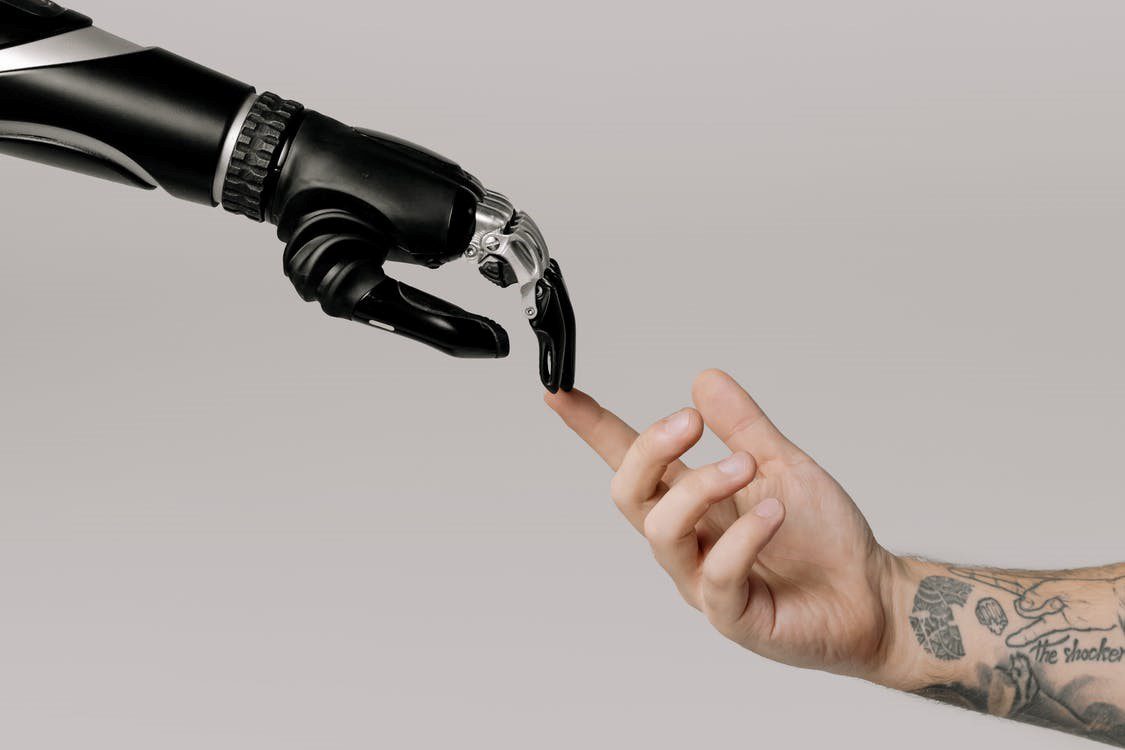
The expanding skills and capabilities of robots have made them more realistic and responsible than humans could ever be ready for. Despite major despise towards machine dependency, we are becoming heavily reliant on computers for our day-to-day activities. Hence, there is no denying that robots increase productivity in our workplaces and inside our homes. 2021 was a year that highlighted that we cannot survive without robots anymore, significantly when we have limited social exposure.
However, the rise of robots is not a recent concept – it is something that has been happening for quite some time now. And ever since it came into office and professional setting, it has been a risk to human capital. Labor forces are beginning to find themselves redundant as robotics and AI take over manual and monotonous jobs. In his book Rise of the Robots, Martin Ford has suggested that artificial intelligence and robots will conquer the economy sooner than we expect. Let’s have a look at both positive and negative effects of the rise of robots in our lives with robots:
- Unsafe Work Environment
Along with the changes that robots bring into business operations, they also significantly impact the work environment. Workers have to make space for these machine minds and accept them as their coworkers. They often find themselves in danger due to the mindlessness of robots and their working style. Many companies have begun spending on programs that promote robotics safety to provide a safe working environment for human labor. Accidents and mishaps with robots are prevalent in machine-oriented working environments and usually happen during routine roundups of workers when they are testing and maintaining the programs.
Safety precautions include training of employees regarding hazards and their prevention when working around less sophisticated robots. These organizations also conduct regular workplace inspections to check the maintenance of these machines and their reliability. Although, robots do bring more chances of accidents in the workplace because of their computerized brains that can malfunction easily.
- Uncertainty of Jobs
There is no denying that robots have advanced and progressed to an extent where they can quickly overhaul humans’ efficiency. It is one of the primary reasons why organizations are rapidly investing in AI and robots rather than deepening their search for a better human employee. That is because the success and effectiveness of business operations depend upon the job being done quicker, better, and in optimum quality. Fortunately for business people, robots are hugely conducive in all these aspects. However, workers and labor forces feel threatened by the entrance of robots into their work lives.
We cannot ignore the prospect of a jobless future that looms close when we think of how much more intelligent these robots are in completing our routine tasks. For instance, manual bookkeeping has been taken over by efficient account-processing robots, putting accountants and their jobs at risk. A research study from Oxford University has calculated that around half of the jobs in the U.S will be automated and controlled by robots in the next two decades.
- Revolutionary Era
With the rise of robots, we must prepare ourselves to witness a revolutionary era. However, rest assured that it isn’t something that will happen in a day or year; instead, it’s a gradual change. We should also be aware that people will readily accept this change to make their lives easier. We can already see instances to prove this point – Siri, for example, is now the virtual assistant for many, and people are becoming heavily reliant on this AI robot to take care of their tasks.
Furthermore, humans are now more focused on expanding their analytical and entrepreneurial skills, which means that we can expect a lot of variety and differentiation in almost all business industries. The rising competition in the business world is an indication of this upcoming revolutionized era. Organizations are focusing more on ways to improve and finding adequate machinery to help them reach their goals. Their objectives and strategies are no more conditional to the proficiency of their workforce; instead, it is contingent on the efficiency of their computers.
- Robots in Education
With the spread of a contagious virus and corrective lockdowns following it, we saw people rapidly adapting to the role of technology in education. Educational institutes and developers of academic programs have joined hands to make individual learning settings more effective and capable of meeting the needs of each student. A single teacher cannot collectively cater to the personal learning ability of each student in their classroom; computer-based learning allows them to choose their own pace. For instance, NOA, the humanoid robot, initiates personalized bonds with students by interacting naturally. It listens and speaks to the students in their language, moving and connecting with them even in classroom settings, storing essential data about their behavior and learnings.
- Robots in Healthcare
Similarly, the healthcare sector has also seen the rise of robots very closely due to coronavirus. The pandemic has significantly impacted the health of the older population, which requires home care, but with the rising demands of nurses, they face a shortage of assistance at home. Healthcare robots are specifically designed to stay at home with them, listen to them, and become a more sustainable option.
Conclusion
Conclusively, robots can drive, cook, clean, and operate better than humans. With the advancements in artificial intelligence, they will soon be able to think better than us. So, even if the older generation prefers calling us idle, we have no choice but to give up most of our daily chores to robots.